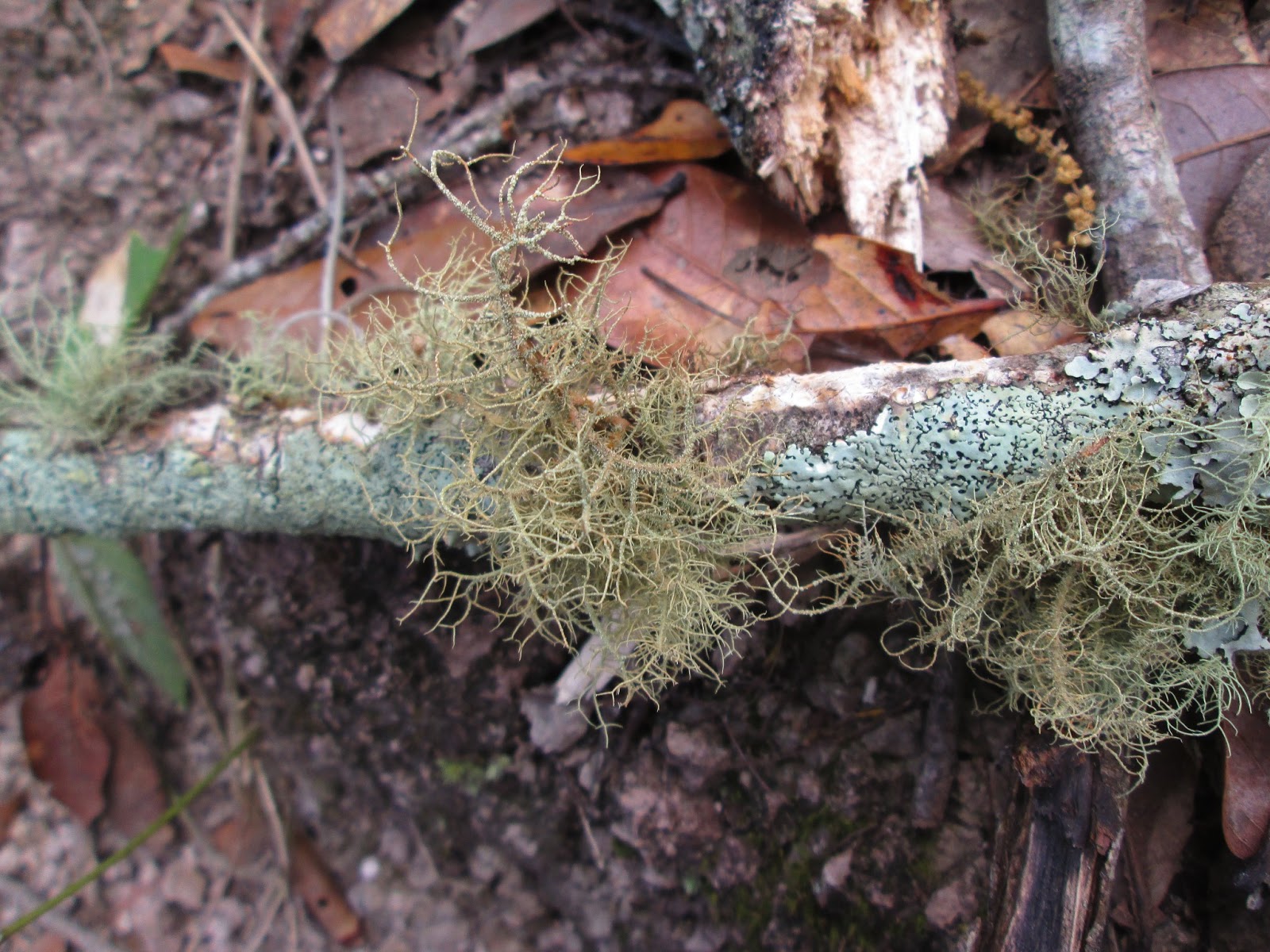 |
| Matagalpa from the top of Cerro Apante |
Matagalpa is thus far one of my favorite cities visited in Nicaragua. It has a rich history, rolling hills lined with brightly colored homes
, beautiful churches, amazing coffee and easy access to Cerro Apante. Matagalpa means Pueblo Grande (Big Town) that comes from the Matagalpa Indigenous Language, Maika=Head, Calpull=Town. The Matagalpa natives were the first here and still have a presence, more notably with their beautifully hand made "Ceramica Negra."
In the 1840's a German couple rather unintentionally settled in the area. The story goes that they were on their way north by carriage to California for the gold rush but heard from a couple from there that it wasn't a safe place for children (they had a two year old). Not wanting to go home empty handed they asked if there was any gold to be found in Nicaragua. Sure enough they were pointed to Matagalpa where they bought land and began looking for gold. They planted a coffee tree on their land and were surprised to see it thriving three years later. Not striking it rich in gold they began cultivating coffee.
 |
| Catedral de Matagalpa |
It is amazing to me that this one couple completely changed the future of Matagalpa. I recall as we headed by bus into town and we passed by fields upon fields of coffee beans being dried out in the open. At first I was confused because I had never seen anything like this before. Sure enough, this area produces approximately eighty-two percent of the nations coffee and is the number one coffee export. There is a very informative museum, Museo de Cafe that also serves superb cafe nica. I usually drink my coffee with milk and a little sugar but this coffee is so good on its own I've been drinking it black.

Reserva Natural Cerro Apante can be seen looking up at the highest peaks south of town. Apante means "land of two waters." The name of the trail going up is called El Roble and is easily accessible from town via taxi or walking. Daniel and I walked, simply head south on the busy street next to Parque Ruben Dario (named after the famous poet). The street is steep but once you hit the dirt road it gets easier. the sign for the park (as seen in the photo) is on the left side. The trail is also steep, depending on your capabilities it can take approximately three hours round trip. It costs thirty cordobas per person to enter the park. We have no idea how long we took to hike the whole thing from our hostel and back. I tend to walk a biologists pace and Daniel likes to take his time.
 |
| Hey look, Spanish Moss!! |
I had to do a bit of research to compile the following information, surprisingly there is no one source. The forest here is made up of Los Robles which is a type of oak tree (
Querces species). These old trees are covered in Spanish Moss (
Tillandsia usneoides) which is actually not a moss or lichen but a flowering plant.
The species name usneoides refers to its resemblance of lichen genus Usnea. These lichens are also in the canopy and bark of this forest (see Usnea spp. image). Websites mention Spider monkeys, Howler monkeys, Agouti, Coati, and a variety of other animals that live here. We did not see any of them but saw a few birds such as the Great Kiskadee, Trogon, and others unidentified.
 |
| Usnea spp. |
Lastly, Matagalpa was home to a variety of important people of Nicaragua, poets, musicians, and leaders. Near Parque Ruben Dario is a museum in the house where Carlos Fonseca Amador (1936 to 1976) was raised. He founded the Sandinista National Liberation Front (FSLN) and was assassinated three years before they took power.
 |
| Carlos Fonseca |







No comments:
Post a Comment